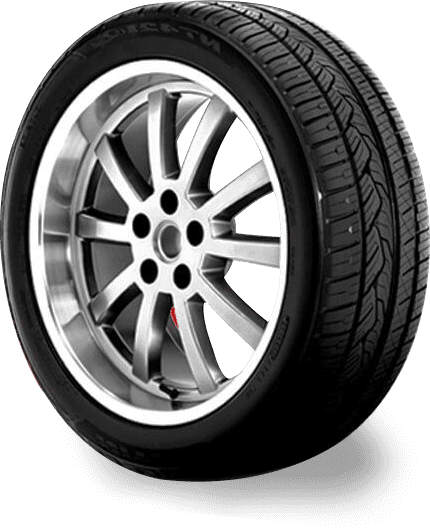
Dec . 11, 2024 11:37
Back to list
safety relief valve
Understanding Safety Relief Valves Importance, Function, and Applications
Safety relief valves play a crucial role in maintaining the integrity and safety of various industrial systems. These valves are designed to prevent overpressure situations, which can lead to catastrophic failures, explosions, or leaks. Understanding the function, types, and applications of safety relief valves is essential for engineers, plant operators, and safety personnel in industries that deal with pressurized systems.
What are Safety Relief Valves?
Safety relief valves are mechanical devices that automatically release a substance from a boiler, pressure vessel, or other system when the pressure or temperature exceeds a preset limit. These valves are critical safety devices used in a wide range of applications, including oil and gas production, chemical processing, and HVAC systems. They operate based on the principle of pressure differentials, allowing them to open and relieve excess pressure before catastrophic consequences occur.
How Do Safety Relief Valves Work?
The operation of safety relief valves revolves around a spring mechanism that is calibrated to a specific pressure setting. When the system pressure rises to this threshold, the force exerted by the fluid can overcome the force of the spring, causing the valve to open. Once the pressure drops below the predetermined level, the spring force closes the valve, sealing the system again.
There are primarily two types of safety relief valves
1. Safety Valves These valves are typically used in gas service applications. When the pressure exceeds the set limit, the valve opens fully, allowing a rapid release of the gas. Safety valves are designed to close tightly once normal conditions are restored.
2. Relief Valves These valves are usually found in liquid service applications. They operate similarly to safety valves but are designed to release fluid gradually to avoid a sudden drop in pressure.
Importance of Safety Relief Valves
safety relief valve

The importance of safety relief valves cannot be overstated. They serve as the last line of defense against pressure build-up that could compromise equipment safety and operational efficiency. Furthermore, they also help in protecting personnel from the dangers of high-pressure systems and prevent damage to the environment from potential leaks or spills.
In many jurisdictions, regulations mandate the installation of safety relief valves in certain systems as part of compliance standards. Their regular maintenance and testing are equally crucial to ensure that they function correctly when needed. Failure to maintain these safety devices can lead to severe penalties, and more importantly, catastrophic accidents.
Applications of Safety Relief Valves
Safety relief valves are widely used across various industries
- Oil and Gas In oil refineries and natural gas processing plants, safety relief valves are essential for managing pressures within pipelines and storage tanks, preventing overpressurization, and ensuring the safety of operations.
- Chemical Processing The chemical industry often deals with reactive and hazardous materials. Safety relief valves are critical in preventing explosive reactions or toxic releases by controlling the pressure in reactors and storage vessels.
- Power Generation In power plants, steam generators and turbines operate under high pressure. Safety relief valves ensure that any excess steam pressure is safely released, preventing damage to equipment and enhancing operational stability.
- Food and Beverage In the food industry, maintaining pressure in pasteurization units is crucial for product safety. Safety relief valves help manage the pressure during processes such as sterilization and cooking.
Conclusion
In conclusion, safety relief valves are vital components of many industrial systems, safeguarding against the dangers of overpressure conditions. Understanding how these valves function, their types, and where they are used can greatly enhance safety and compliance in various sectors. Regular maintenance and testing of safety relief valves are essential practices that ensure these devices will operate effectively when needed, ultimately protecting both people and equipment from the potentially devastating consequences of pressure mishaps. As industries continue to evolve and technologies advance, the importance of robust safety mechanisms like relief valves will only increase, highlighting the need for ongoing education and training in this critical area.
Next:
Latest news
-
Safety Valve Spring-Loaded Design Overpressure ProtectionNewsJul.25,2025
-
Precision Voltage Regulator AC5 Accuracy Grade PerformanceNewsJul.25,2025
-
Natural Gas Pressure Regulating Skid Industrial Pipeline ApplicationsNewsJul.25,2025
-
Natural Gas Filter Stainless Steel Mesh Element DesignNewsJul.25,2025
-
Gas Pressure Regulator Valve Direct-Acting Spring-Loaded DesignNewsJul.25,2025
-
Decompression Equipment Multi-Stage Heat Exchange System DesignNewsJul.25,2025

